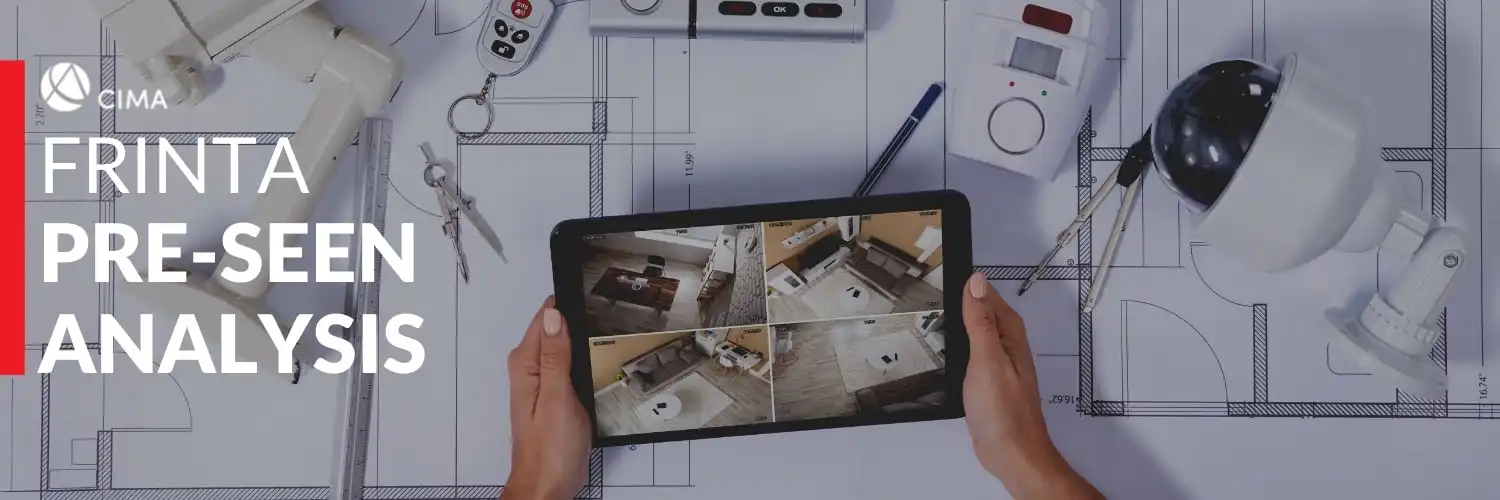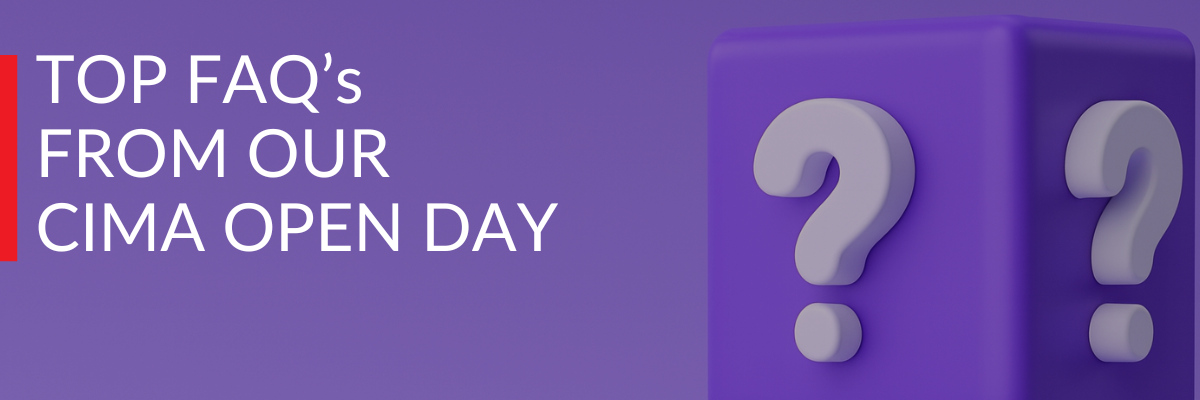IBTC lecturer, Muzi Sithebe, has broken down the Management Case Study Pre-Seen and highlighted some things you should know when preparing for the February Case Study exam.
Here is what he had to say;
We live in a connected world where the functionality that would historically have been derived from multiple technologies has been concentrated into just one or two. A world where having a computer, calculator, radio, TV, watch, calendar and camera no longer requires a room to store them all, but instead just one device that can slide into your pocket. This connected world has also made it possible for all our technologies to interact with one another in order to make our lives easier, and Smart Homes are rapidly growing in popularity to do just that.
For those not familiar with this specific branch of technology, I definitely recommend reading one or two articles online or watching some videos specifically around smart homes and the Internet of Things. This will create the right baseline to understand the industry in which Frinta operates and on which the Management Case Study will be based.
Frinta is a company which has evolved from innovating in plumbing and heating to looking at how they can overlay their philosophy into automating more aspects of the household. This puts them in a position where innovation is important to remain competitive, and where the growth potential of the industry presents very attractive prospects for the future.
Some of the aspects that should come to mind as we read the pre-seen are;
Equity and Share Prices
As Frinta is listed, it is important to understand what this means for equity as a source of finance and what opportunities this affords which may not be available through debt financing.
It is also important to understand share prices, what influences their movement, and how they play a role in the conduct of the organisation, as well as shareholder expectations. As opposed to only considering the priorities of a few shareholders in a private company, we will find that all our decisions must be for the best interests of a wider group of shareholders and enhancing their overall wealth.
Competition
We are told of the competitive landscape in which Frinta operates, and we are also given insights into HOW Frinta competes in this market. This is a good guide for what strategic approaches would be a good ‘fit’ vs those which would be a significant deviation from how the company has established itself.
Even though pricing is not the basis of the competitive strategy, it will be important to understand the approaches to determining the right price point to use in the market. This will need to be overlayed with aspects of branding and quality management which could influence the competitive position of Frinta.
As Frinta is evolving and introducing products which cater to new market demand, an understanding of product portfolios and life cycles will become important when we look at the suite of offerings they have available.
Stakeholder Management
Frinta built its reputation by being a trusted brand among builders and construction professionals, who then refer their products to the end customers. This shows that they need to establish a strong relationship in the referral and influence markets to continue to thrive.
A key aspect as to their growth and the evolution of the market may also entail strategic partnerships in order to make their devices more pervasive and compatible with a broader spectrum of technologies that are outside of their area of expertise.
Reporting
Understanding the reporting implications for R&D expenditure, as well as intangible assets will clearly be a hot topic and one that every student should be comfortable with. Another point to consider which is prevalent in the world of automation is liability (IAS 37) should something go wrong and harm be caused by the malfunctioning of one the technologies. As we think of the reporting requirements, this is one we should keep close in our minds as well.
Overall, the pre-seen is quite exciting as technology in general gives the scope for us to immerse ourselves not only into the current industry but also think of what the future prospects could be. Frinta in particular is presented in such a way that we would not necessarily have too many “curve-balls” as they have confined their current business to just a few product lines and ensuring excellence in delivery, which means that students have a great opportunity to be closely familiar with the organisation leading up to the exam.
This will be an exciting case study to dive deeper into and use as a platform to start 2022 with a good result on the MCS.
All the best to everyone sitting the exam, and looking forward celebrating success together on the other side. You are nearly at the final stage of the CIMA qualification.







